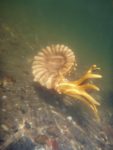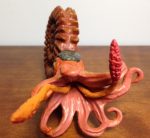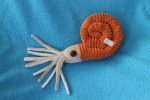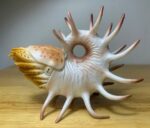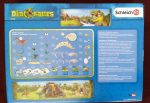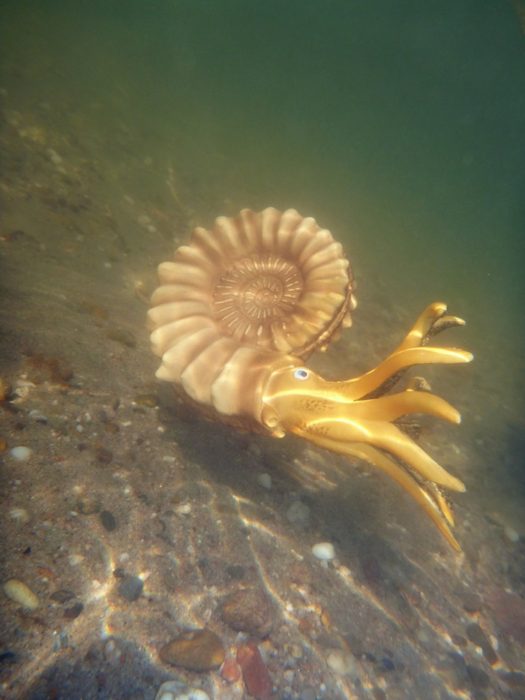As promised, here’s the follow up to the recent Bullyland “Belemnit” review, another take of German company Bullyland to prehistoric molluscs. Another, you’d ask? Yes, while most toy companies do not bother with prehistoric molluscs at all or just did so very recently (as Safari, Schleich or CollectA), Bullyland dashed out this, said “Belemnit” and yet another “Ammonit” as early as 1998.
Classification: Ammonite
Review: Ammonite (Bullyland)

Ammonites are one of the most iconic of all fossil groups. Once thought to be snakes turned to stone in medieval times, these ancient cephalopods are known throughout the world, and are important fossils for many purposes, especially in dating as they are exceptional index fossils.
Review: Ammonite (Wild Safari by Safari Ltd)

Review: Ammonoid (Paleozoic Pals)
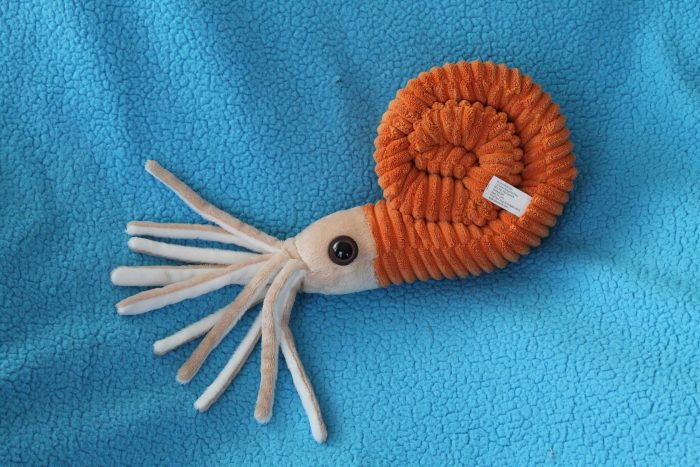
Review: Ancient Fossils (Toob by Safari Ltd)

Of all the product lines offered by stalwart manufacturer Safari Ltd, the “Toob®” line gives them the freest rein to explore unusual taxa. I’m personally fondest of the Toobs that furnish small versions of small animals that might scale well with Safari’s full-size figurines. We’ve reviewed some of their most interesting Toobs featuring “alive” animals here, here, here, here, and here.
Review: Cooperoceras (Prehistoric World by CollectA)
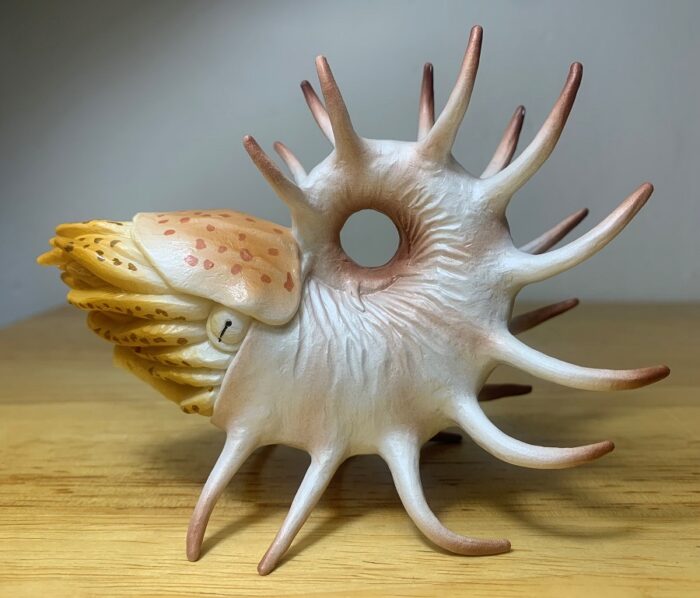
Over the last 3 years CollectA has produced FIVE extinct cephalopods spanning the geologic ages between the Ordovician and the Cretaceous. A magnificent achievement that appears to have come to an end, for alas, no cephalopod has been announced for 2023. But do not despair, with figures of Koolasuchus and Anomalocaris on the horizon CollectA is continuing their streak of releasing the most diverse and interesting assortment of prehistoric critters of any mainstream company.
Review: Dinosaur Advent Calendar 2016 (Schleich)

This year Schleich followed in the footsteps of companies like Lego and Playmobil in offering an advent calendar, but this one is dinosaur-themed! 24 days of dinosaur goodies sounds pretty attractive, so I bit the bullet and picked one up. I opened it long before Christmas, so that maybe this review can help you decide whether to buy one yourself.
Review: Ichthyosaurus (2010) (Carnegie Collection by Safari Ltd)
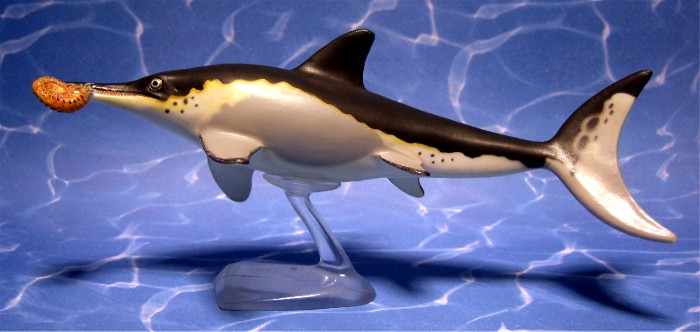
Ichthyosaurus is one of the most iconic fossil marine reptiles, being a milestone in vertebrate paleontology since it was discovered by Mary Anning, and it was subject of a German poem about the lower Jurassic (“Der Ichthyosaurus” by Viktor von Scheffel, 1856).
Review: Pleuroceras Ammonite (Prehistoric World by CollectA)

Alongside trilobites, ammonites are far and away the most popular group of prehistoric invertebrates. These shelled cephalopods belong to the broader Ammonoidea, which evolved over 400 million years ago during the Devonian. Keep in mind that not all ammonoids are ammonites and actual ammonites from the Ammonitida clade lived during the Jurassic and Cretaceous, a time during which they flourished.
Review: Pravitoceras (Prehistoric World by CollectA)
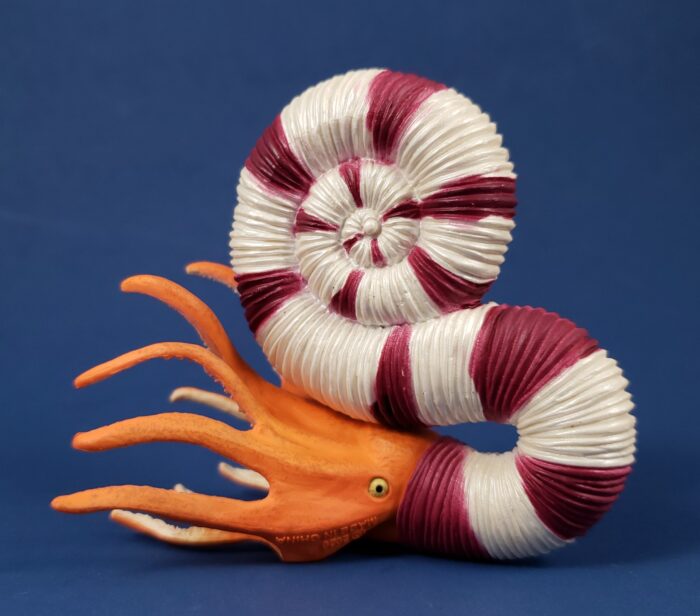
Most paleontology enthusiasts are familiar with ammonites, the predatory mollusks with muscular arms and calcium carbonate shells. Most ammonites’ shells were disc-shaped coils (planispiral) that contained chambers, some of which afforded buoyancy, and one of which housed the squishy parts of the animal. One lineage of ammonites went a little wild with their shell coiling, producing some very strange shapes.
Review: Prehistoric Marine Tube (CollectA)
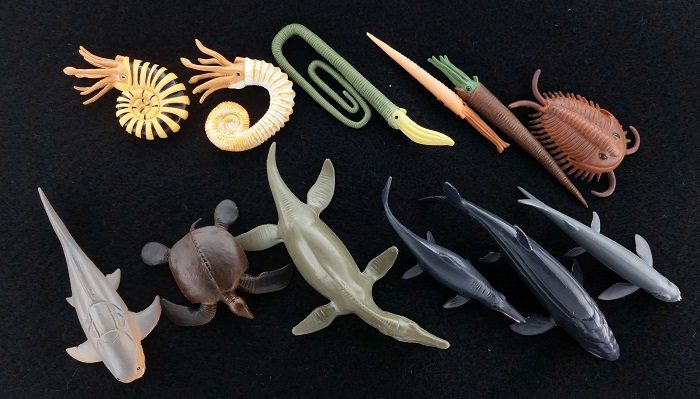
CollectA has emerged as one of the most prolific producers of dinosaur figures, with a few other Mesozoic reptiles and some mammals here and there for variety. They’ve developed a reputation for giving some obscure species the plastic treatment, but in general those species have been fairly close relatives of the old standards.

